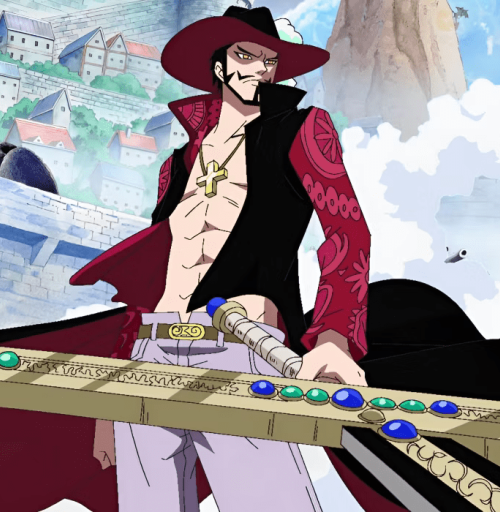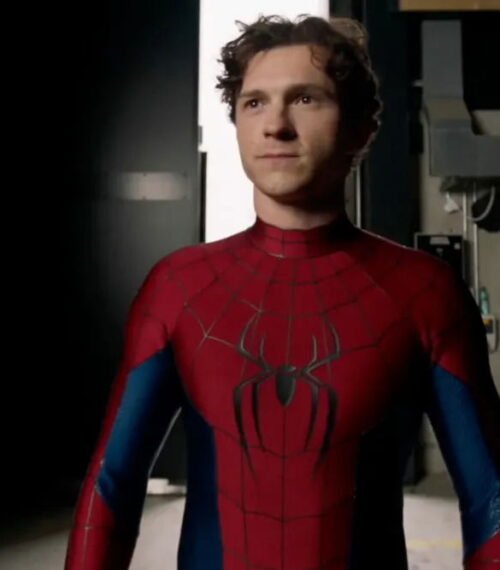WWE fans are well aware of the risks taken by stars while executing the moves that make them jump out of their seats. While injuries are an inseparable part of every sport, several moves in pro-wrestling became infamous for causing career-ending and even life-threatening injuries.
The WWE ring has also hosted instances where wrestlers’ careers were cut short due to severe injuries sustained from dangerous wrestling moves. Considering the safety of wrestlers, Triple H and Co. currently maintain a strict list of banned moves that have the potential to end careers.
So here’s a list of every wrestling move prohibited inside the WWE ring, ranked according to their formidability.
8. The Punt kick
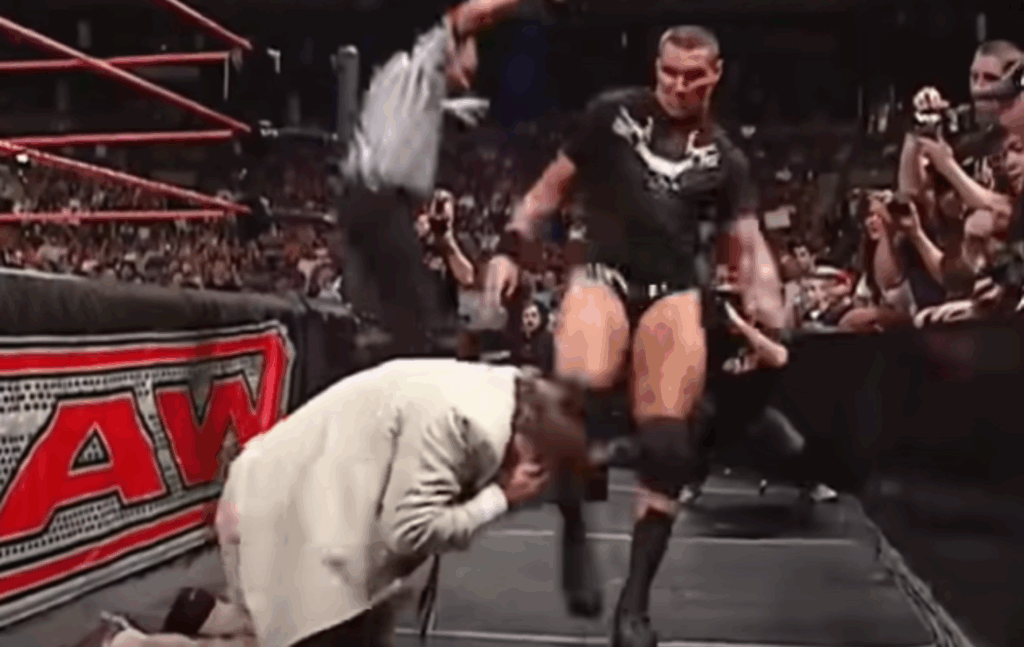
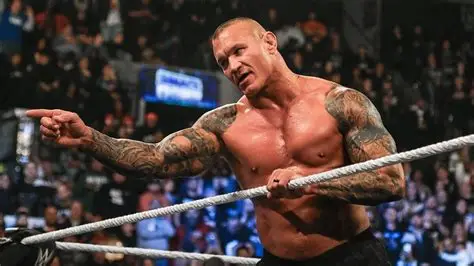
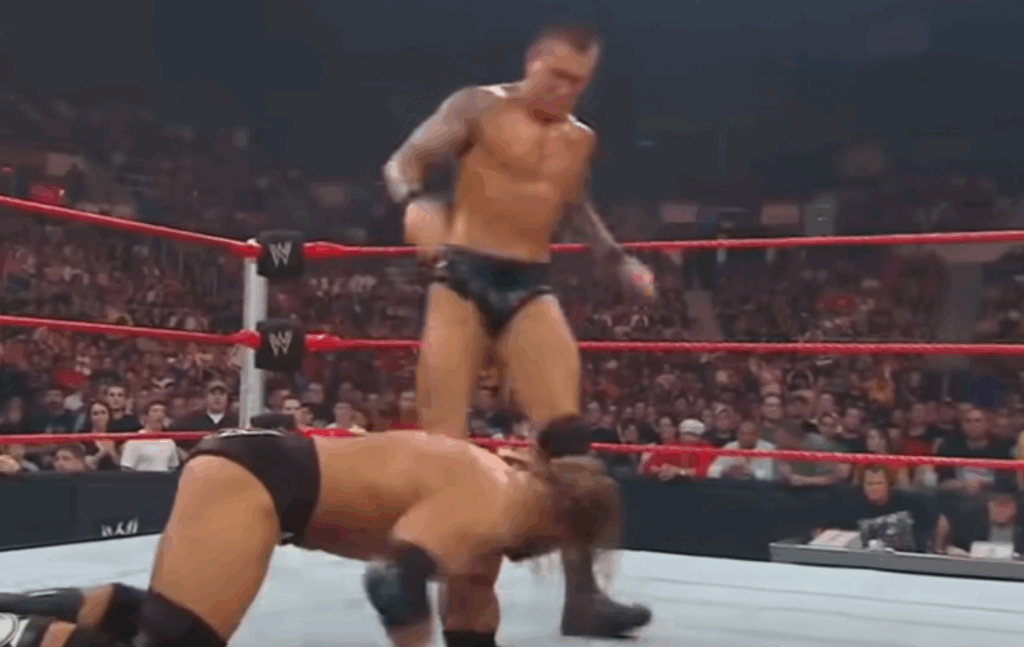
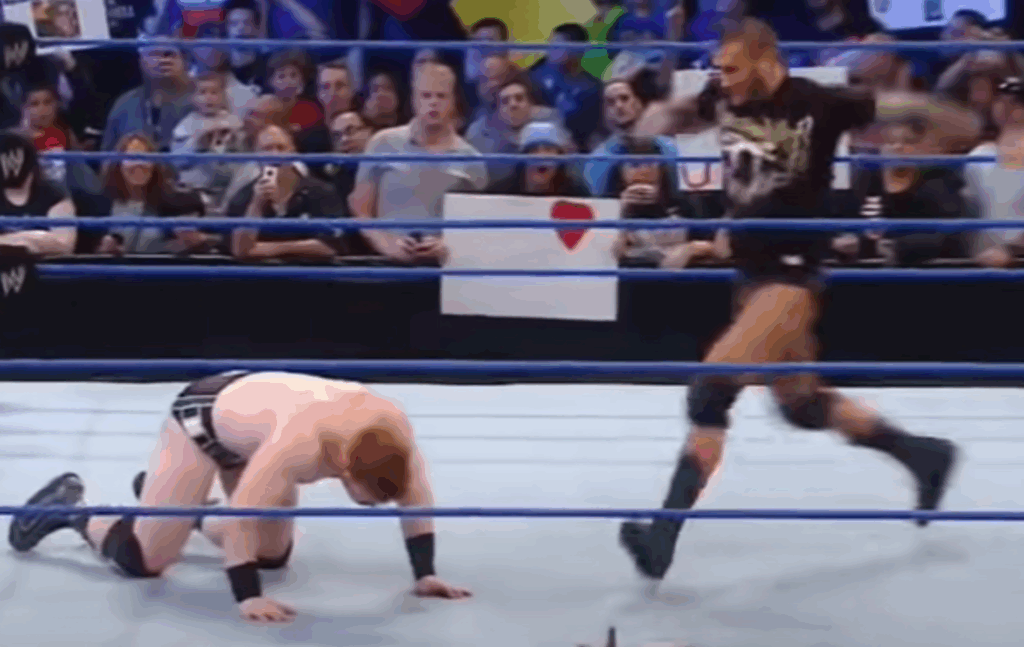
A few other moves on this list have been used by a collection of wrestlers over time. However, there is only one person who developed and used the punt kick in the WWE, ‘The Viper’ Randy Orton.
It cannot be said when exactly Orton used the move for the first time, but his punt kick to the former WWE boss, Vince McMahon, during the January 19, 2009, episode of Raw led to its banishment from the ring. While Orton controlled the power behind his kick on most occasions, he mistakenly landed a pretty strong one on ‘Mr. McMahon’, which resulted in the former-WWE Chairman banning the move from the promotion.
Check out Orton’s punt kick to McMahon, leading to the move getting banned:
7. Muscle Buster
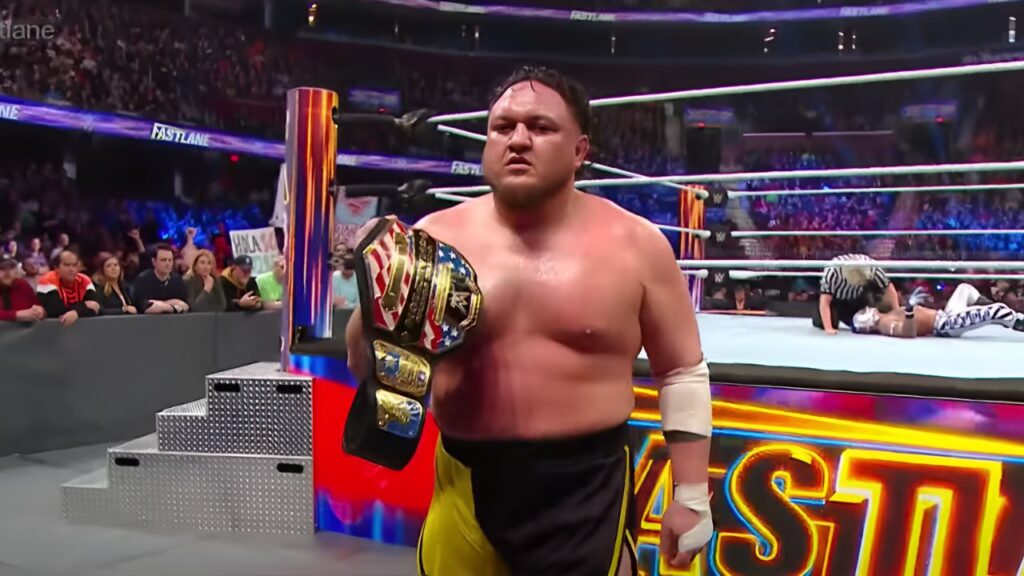
Other wrestlers in history might have used the Muscle Buster, but much like the former entry, only one wrestler is known to use the Muscle Buster widely. The WWE and TNA star, Samoa Joe, had been using it as his finisher extensively before 2015.
Joe held almost every title during his decorated run in TNA, all while using the Muscle Buster as his finisher. However, disaster struck shortly after his WWE debut in 2015. Joe took on Tyson Kidd in a WWE NXT dark match later in the same year, where a poorly executed Muscle Buster subjected Kidd to a severe spinal injury. Kidd hasn’t taken to the ring since then.
‘Stampede Kid’s career-ending injury resulted in Triple H and Co. banning the Muscle Buster in the same year.
The Samoa Joe Destroys Everyone Tour ends here with an Avalanche Muscle Buster.
No, you read that right. pic.twitter.com/JFLgbXokzh
— The Dragon (@BigWoodieStyle) November 3, 2022
6. Chairshots to the Head

Watching WWE stars hit their opponents with chairs has certainly made a lot of fans jump out of their seats. However, absorbing clean shots to the head with a chair takes a massive toll on a wrestler’s well-being, both instantly and in the long term.
While an unprotected chairshot to the head can lead to a concussion instantly, absorbing such strikes for a prolonged period can lead to brain trauma, CTE, and reduce the lifespan of wrestlers. The WWE banned the move in 2010 because of a combination of its concern for wrestlers’ health and its shift from the Ruthless Aggression era to the more family-friendly PG era in 2010, where such moves were considered too explicit.
Wow! There's a lot of talk on Wrestling Twitter lately about chairshots to the head! Here's one of my favorites: pic.twitter.com/hIA6GuFYvl
— Indigo Cape Studios (@MissMelee) July 31, 2024
Chairs are still a part of WWE matches, but instead of hitting opponents in the head, today’s wrestlers mostly target their backs or drive the chair’s top into their midsection in a controlled way.
5. The Tiger Driver 91
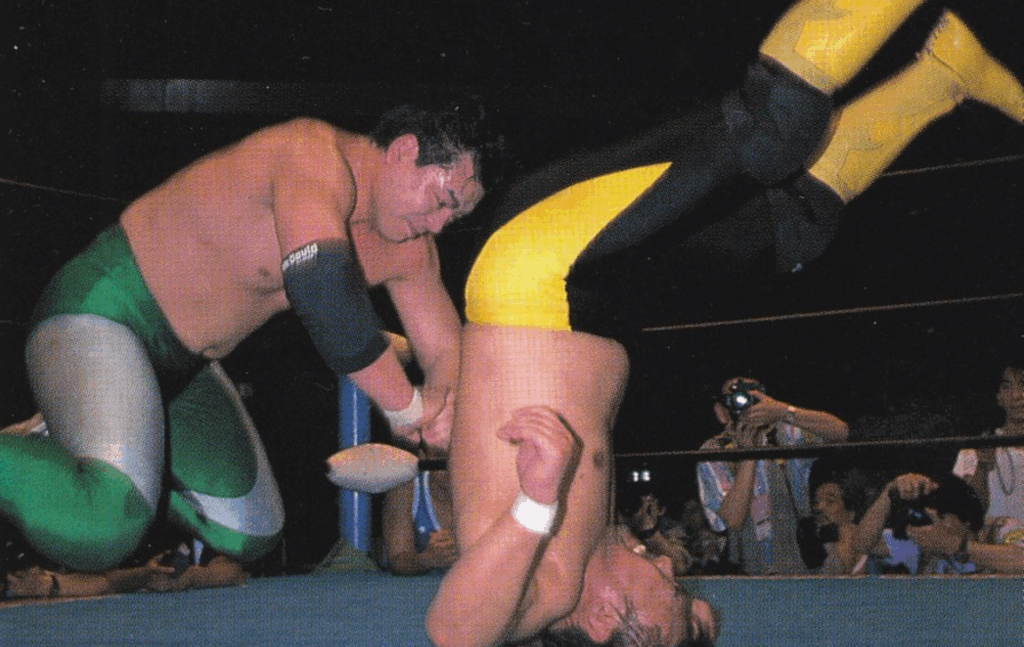
Although the WWE never announced an official ban on the Tiger Driver 91 specifically, it prohibited almost every move that involved wrestlers landing completely on their heads or necks in 2001. The Tiger Driver involves wrestlers holding their opponents upside down, facing away, and coming down to their knees to bang their adversary’s heads onto the canvas.
The high risk of a critical injury associated with this move caused even AEW to ban this move. The noted Japanese wrestler, Mitsuharu Misawa, is the founding father of this devastating move. The AEW star, Will Ospreay, used the Tiger Driver 91 during multiple matches, including one with Kenny Omega, before Tony Khan and Co. prohibited its usage.
Check out Ospreay delivering Tiger Drivers to his opponents:
4. Dragon Screw Neck Whip
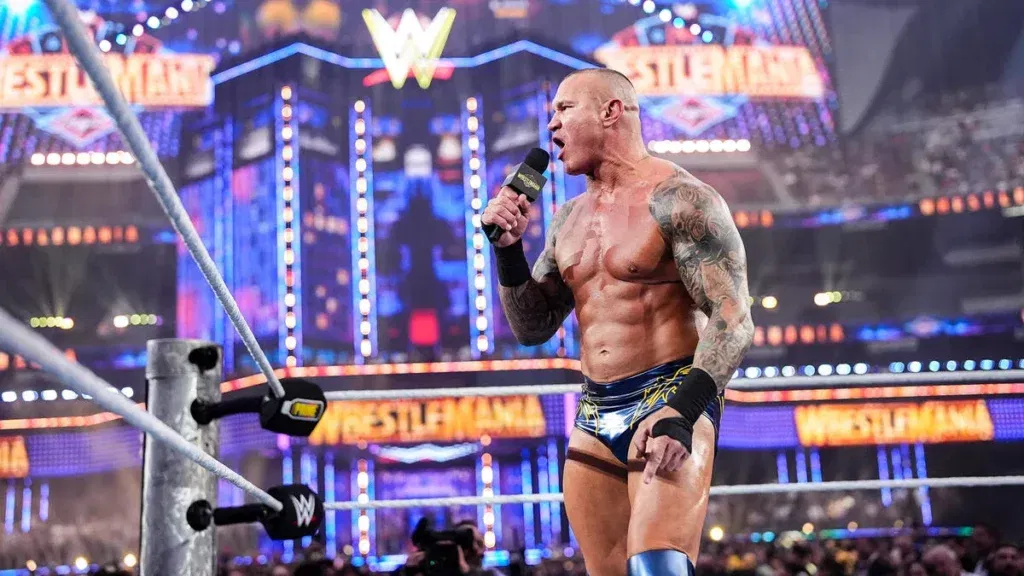
The legendary Japanese wrestler, Keiji Muto, was the developer of the Dragon Screw Neck Whip. Muto came to be known as ‘Great Muta’ during his time wrestling in American promotions, including the WCW. However, he never performed this move inside the WWE ring as he lacked a WWE career.
Hence, the WWE never officially banned this move, but considering the high risk of a head, neck, or spinal injury involved, it wouldn’t be wrong to assume that they also wouldn’t have encouraged it. Most WWE fans may not have witnessed a dragon screw neck whip, as it has hardly been used inside the ring. The move looks like Randy Orton’s Rope Hangman DDT, with a twist of the neck. Just imagine what impact it can have on an individual’s neck, head, and spine.
Check out Muto performing the move himself:
3. Spiked Double Underhook Facebuster

The spiked double underhook facebuster has been used by several WWE wrestlers over time, including the former WWE Divas’ Champion, Michelle McCool. However, most wrestlers have used the Kento Kobashi-developed move with different names, like McCool called the spiked double underhook facebuster, the ‘Wings of Love’ while she used it as her finisher.
John Cena’s initial mentor, Christopher Daniels, also used the same move as his finisher, but with the name Angel’s Wings. The WWE’s dissent with the move became apparent as they ordered McCool to change her finisher in 2009, citing the move’s potential to cause serious head, neck, and spinal injuries alongside other issues.
Check out McCool delivering a Wings of Love to realize the degree of its formidability:
2. Vertebreaker
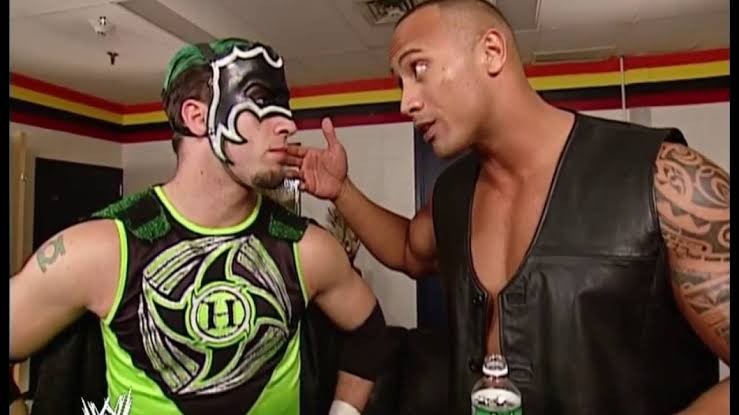
Well, the name of the move itself is enough to make fans realize how dangerous it can be to an individual, even if they are trained pro-wrestlers. While Shane ‘The Hurricane’ Helms popularized this move in the WWE and to US wrestling fans, it was originally developed by the Japanese women’s wrestling star, Megumi Kudo, around 1990 with the name Kudome Valentine.
The Vertebreaker is essentially a modified version of the spiked double underhook facebuster, with the performing wrestler holding his adversary on his backside instead of his front. The WWE banned the Vertebreaker in 2000 as their larger motive to eliminate moves that posed a significant threat to the necks, heads, and spines of wrestlers.
Check out a compilation of Shane ‘The Hurricane’ Helms’ Vertebreakers below:
1. The Original Piledriver
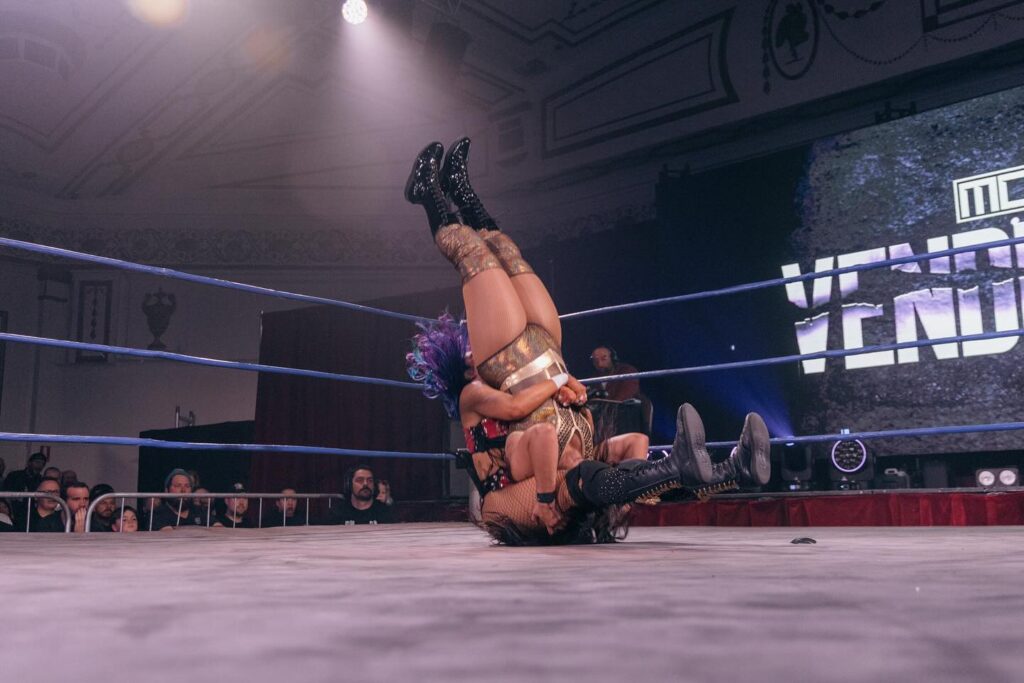
Don’t mistake the original Piledriver as The Undertaker’s Tombstone Piledriver because the original version of the Piledriver was far more threatening than ‘The Dead Man’s’ finisher.
The WWE failed to ignore the serious risk of injuries posed by this devastating move after their top star, Stone Cold, sustained a serious neck injury after Owen Hart’s imperfect execution of the move during their high-profile match at SummerSlam in 1997.
Stone Cold reportedly suffered a broken neck, which had the WWE reframe their entire ruleset related to the moves that could cause injuries to the necks, heads, and spines of wrestlers. A few other moves, including the Vertebreaker, were also banned from the WWE around 2000, along with the Piledriver.
Check out Hart’s botched Piledriver on Stone Cold:
Do you know about any other banned WWE movies that you think should stay banned? Let us know in the comments below.



